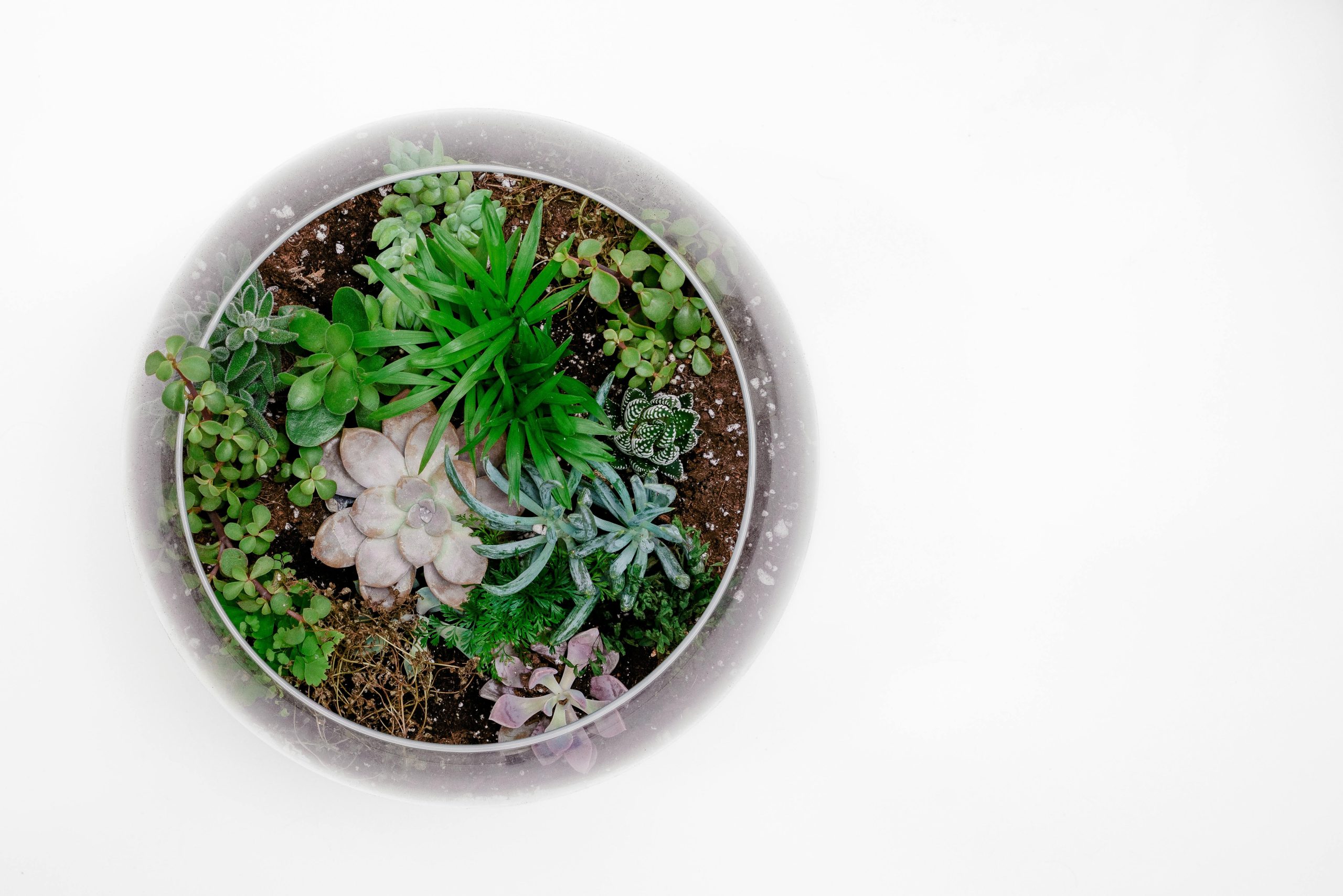paving is a flowing art, a gentle extension of home
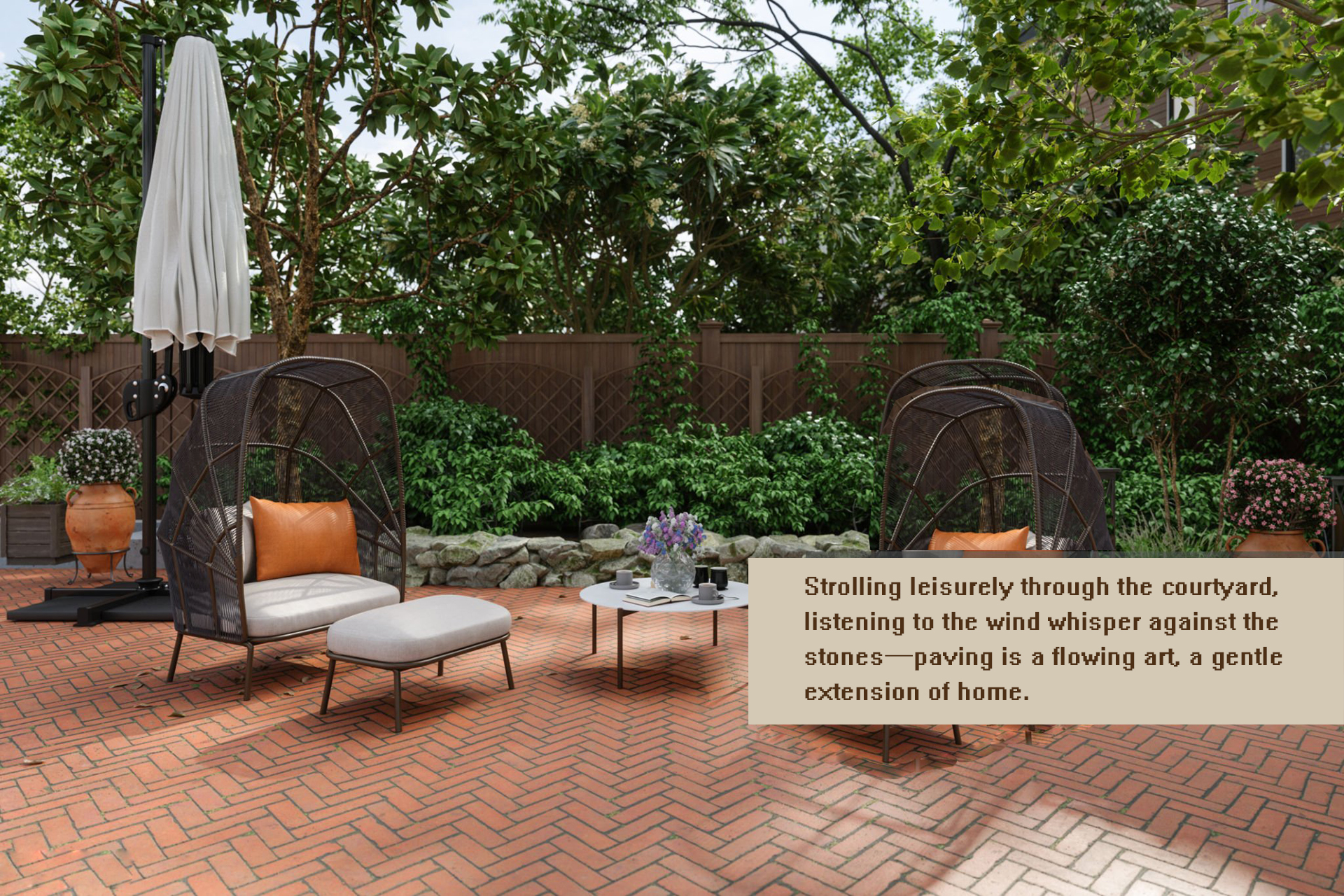
Paving is more than just the arrangement of bricks and stones; it is a pathway that connects nature and home. On the smooth stone slabs, the morning sunlight gently spills, and footsteps feel light and free; under the cool moonlight, the warmth of the fire pit lingers around. A winding path leads to a tranquil corner, where one can converse with nature and let time flow gracefully through the courtyard.
Each brick carries the traces of the changing seasons, and every carefully laid pattern holds the warmth of family gatherings. Courtyard paving is not merely a practical surface—it is an unfolding poetic canvas, where every moment of life finds its belonging in the embrace of nature.
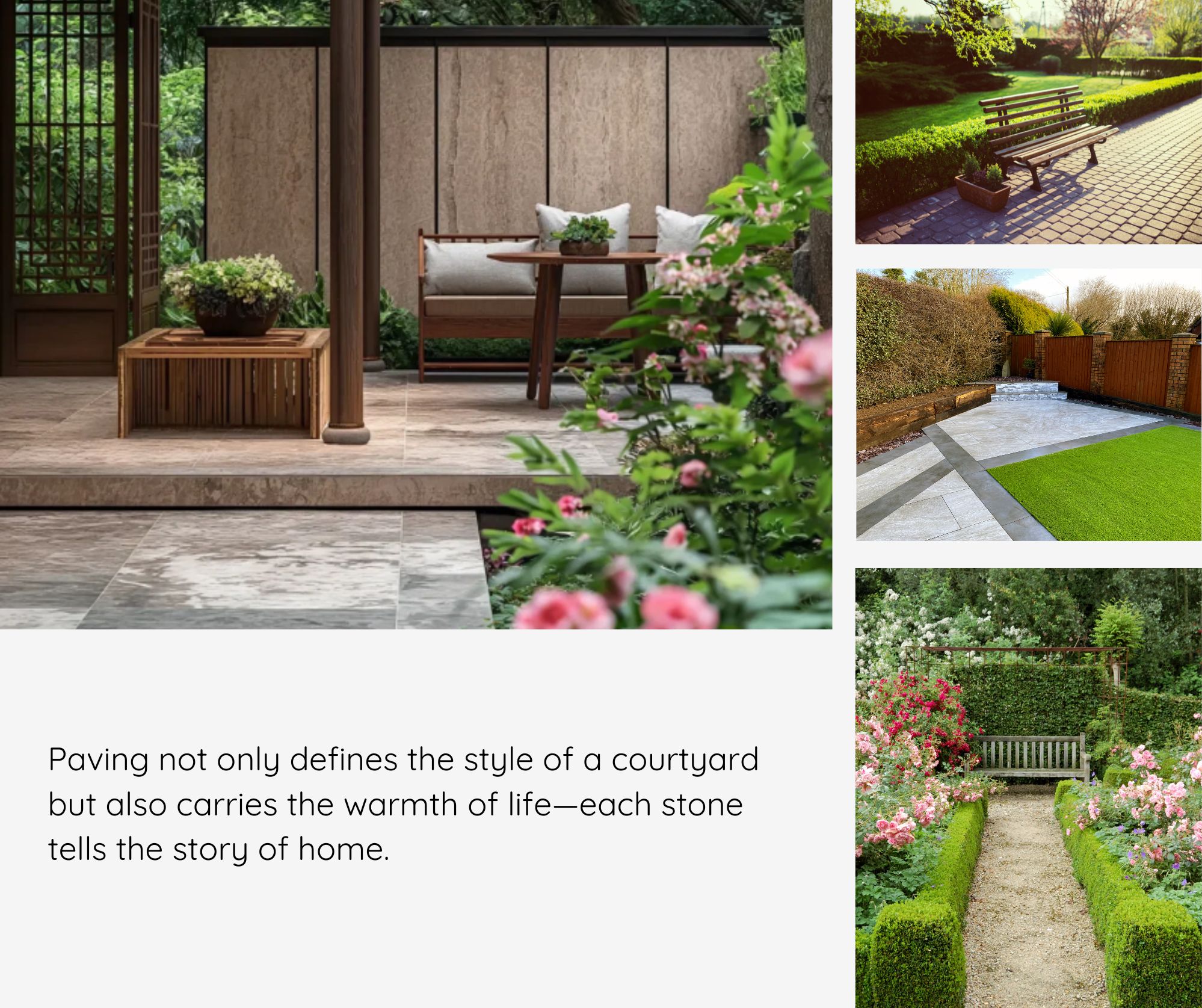
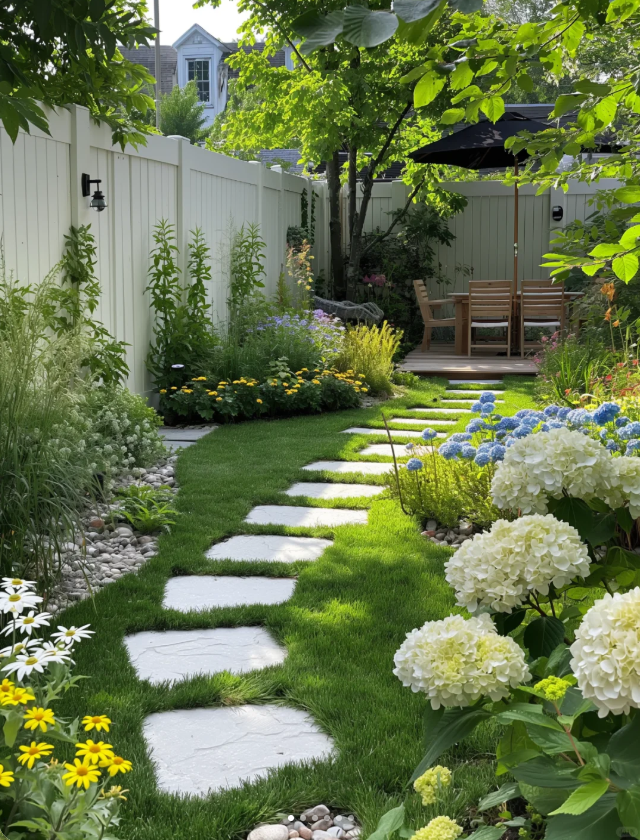
Stones pave the path, leading every step into a picturesque scene
- Create a Solid Ground: Provides a stable and safe walking area, preventing mud and weed growth.the house.
- Optimize Drainage: Well-designed paving prevents water accumulation, protecting the garden landscape and the foundation of
- Enhance Durability: Reduce daily maintenance by using high-quality paving materials, extending the lifespan of the courtyard.
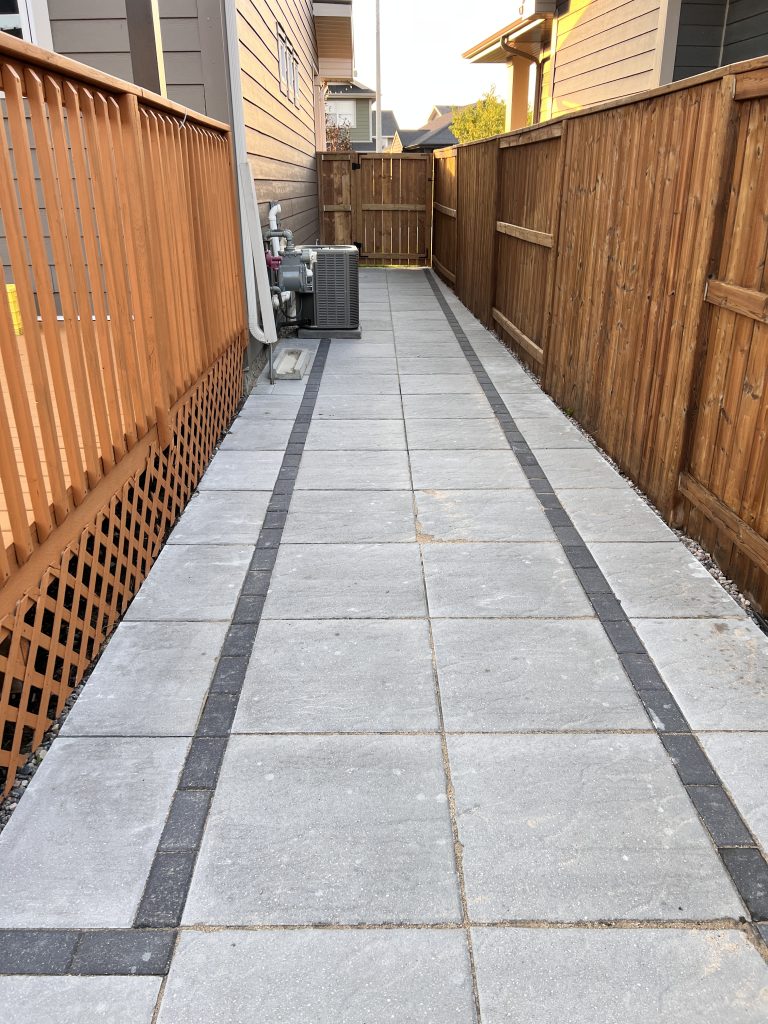
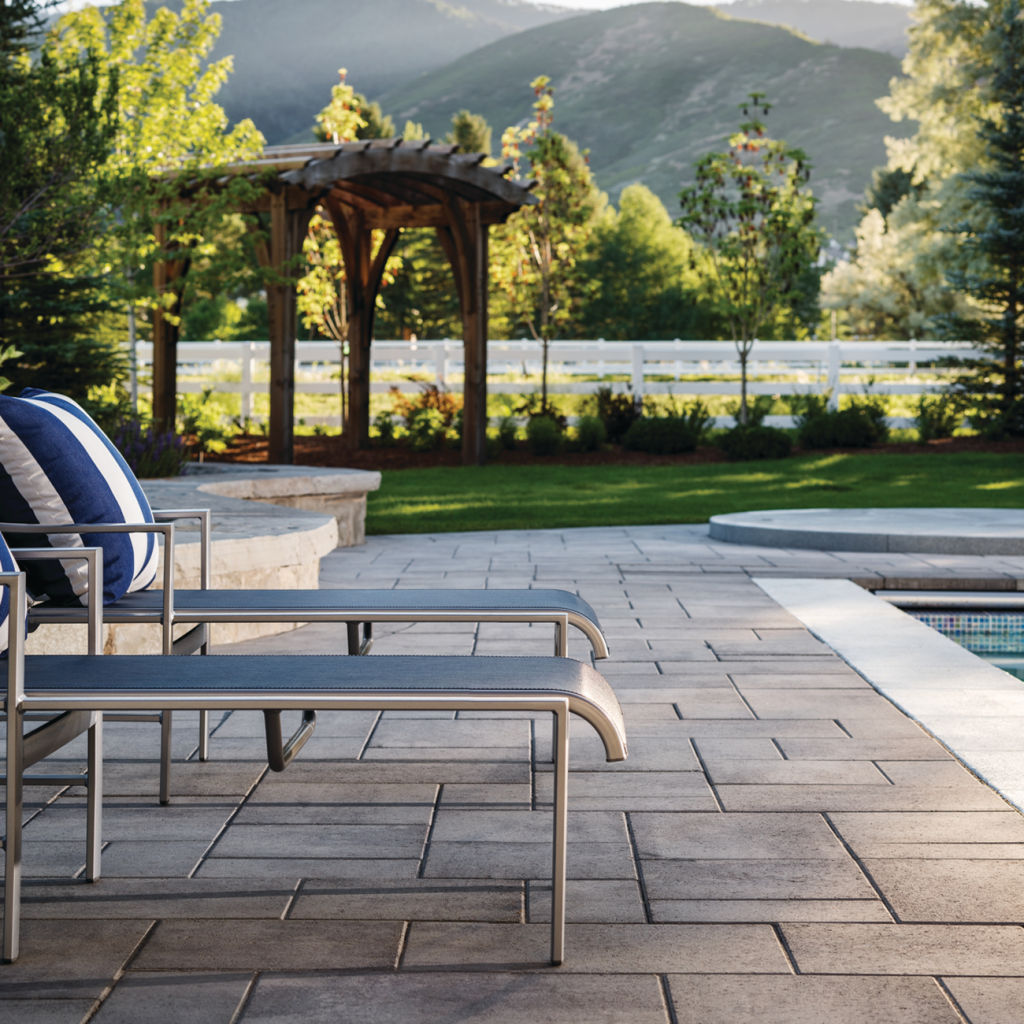
- A paved patio in the courtyard becomes the perfect setting for morning coffee and evening breezes, where moments of tranquility find their place.
- Sunlight filters through the trees, casting playful shadows on the paved stones—time slows, and life in the courtyard becomes a warm embrace.
Courtyard paving is more than arranging stones; it is the redefinition of space, granting outdoor areas a unique identity and sense of belonging.
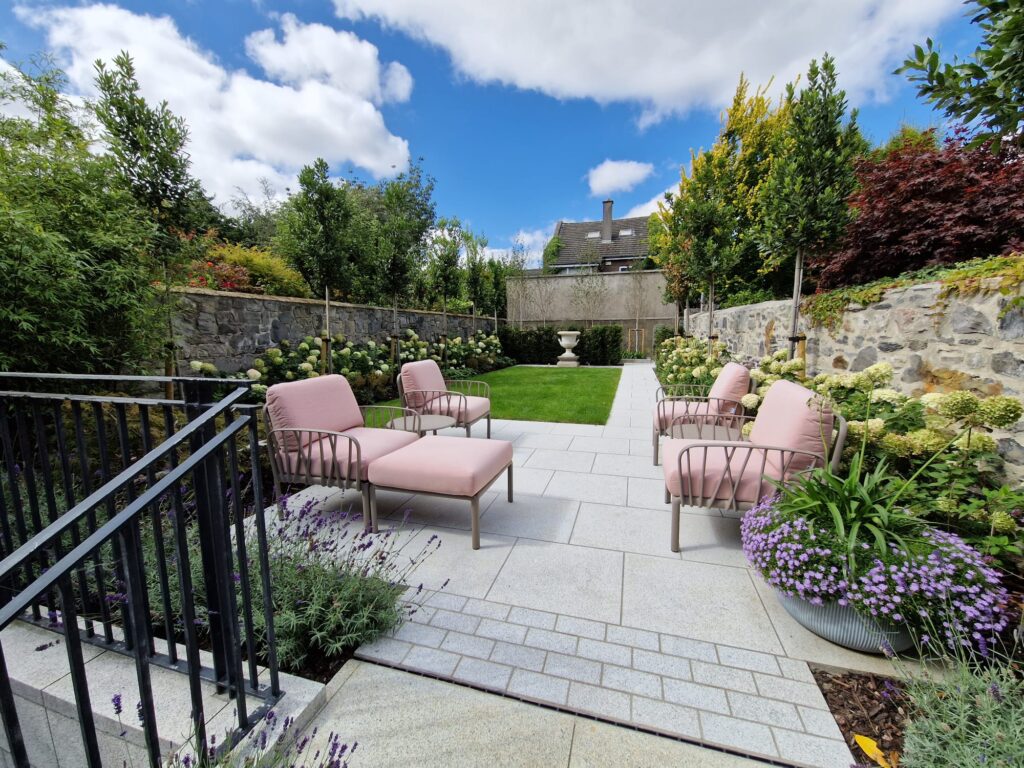
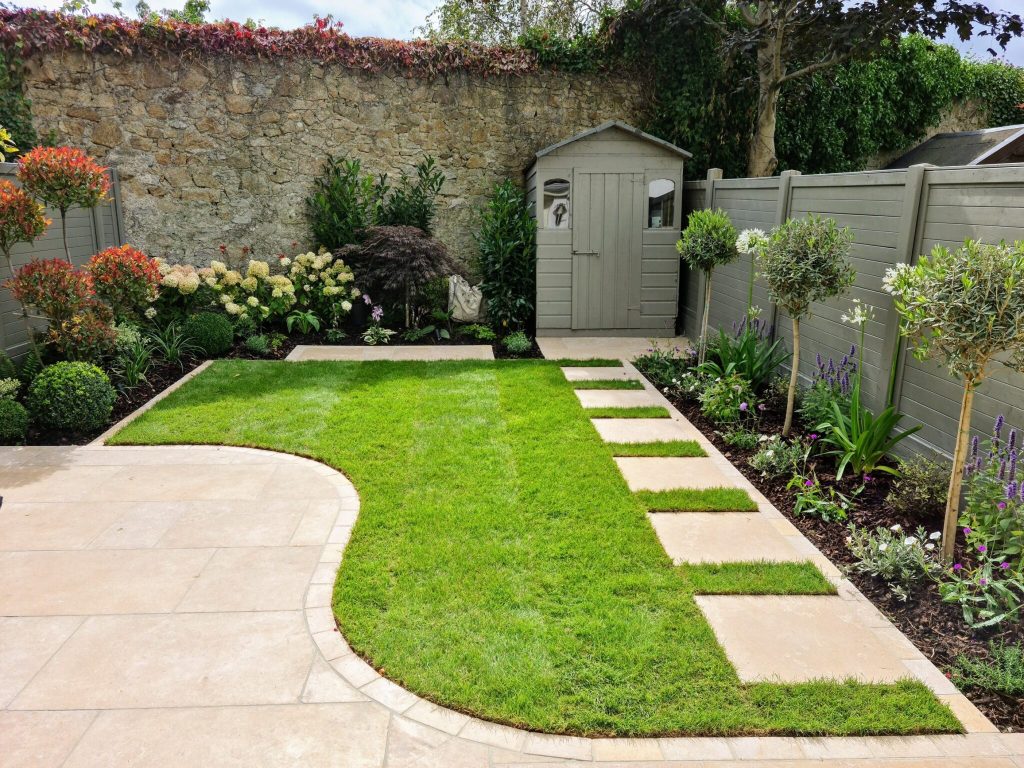
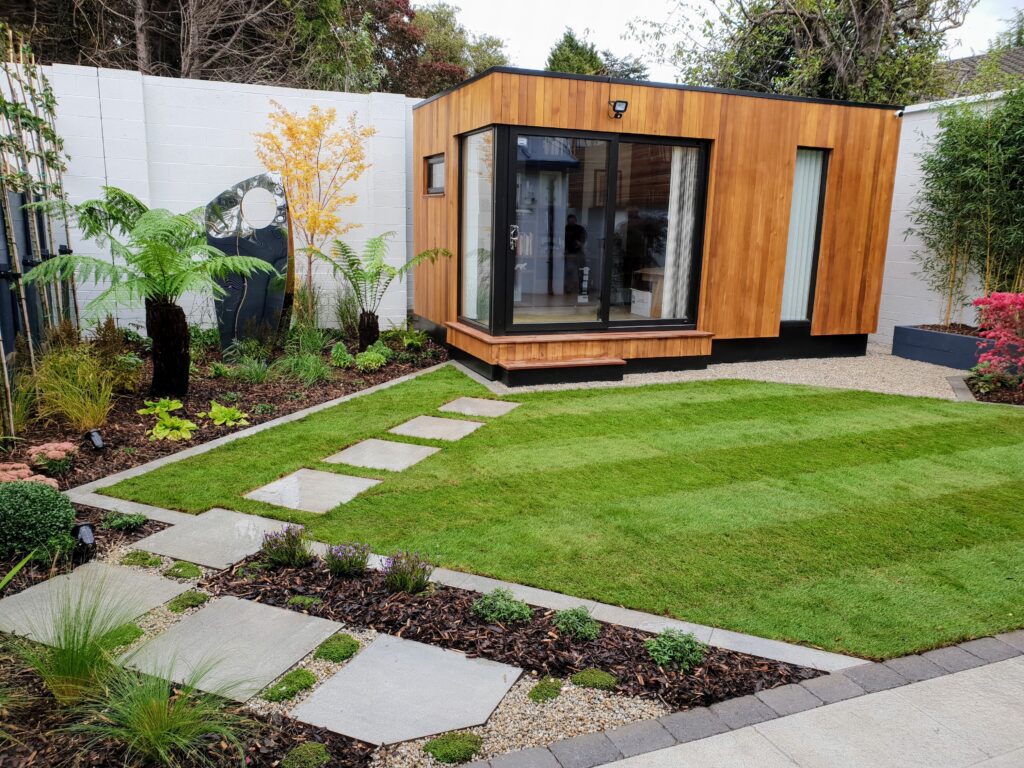
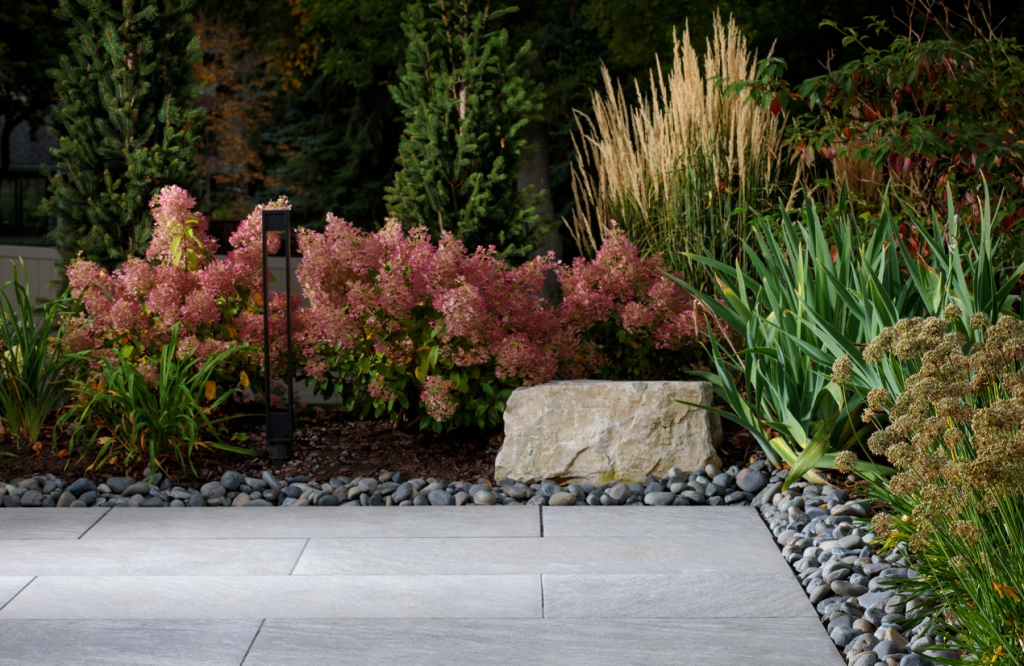
Below are common types of paving used in gardens:
1. Natural Stone Paving
Granite: Durable and weather-resistant, suitable for high-end landscape paving.
Sandstone: Softer texture with natural grain patterns.
Limestone: Soft-colored and often used in European-style courtyards.
Slate: Strong layering and natural texture, suitable for Chinese or Japanese gardens.
Pebbles/Cobblestones: Ideal for classical styles, often used for small paths or courtyards.
2. Artificial Stone & Brick Paving
Concrete Pavers: Affordable and available in various shapes.
Permeable Pavers: Eco-friendly design allowing water infiltration.
Clay Bricks: Naturally reddish and perfect for rustic or countryside styles.
Terrazzo (Precast Stone Tiles): Modern appearance with a variety of colors.
3. Wood & Composite Material Paving
Treated Timber: Used for garden walkways and decks.
Bamboo Decking: Eco-friendly with a unique look.
WPC (Wood-Plastic Composite): Weather-resistant and rot-proof.
4. Permeable & Eco-Friendly Paving
Porous Concrete: Ideal for rain gardens and low-carbon designs.
Permeable Asphalt: Helps reduce surface runoff.
Grass Pavers: Allows grass growth, enhancing permeability.
Gravel/Crushed Stone Paving: Frequently used in natural landscapes.
5. Decorative Paving
Mosaic Paving: Used for artistic courtyards or small plazas.
Patterned Paving: Includes geometric or radial designs.
Engraved Stone Slabs: Used in cultural parks or garden paths.
Applications of Paving in Gardens
- Garden Pathways: Cobblestone, gravel, or brick paths.
- Terraces: Wooden decking, concrete, or natural stone.
- Courtyards: Brick combinations, colored cement.
- Plazas: Large-scale paving with durable stone or permeable materials.
- Parking Areas: Permeable pavers or gravel.
- Pool Decking: Slip-resistant surfaces like treated wood or slate.
- Outdoor Lounges: Wooden platforms combined with stone paving.
